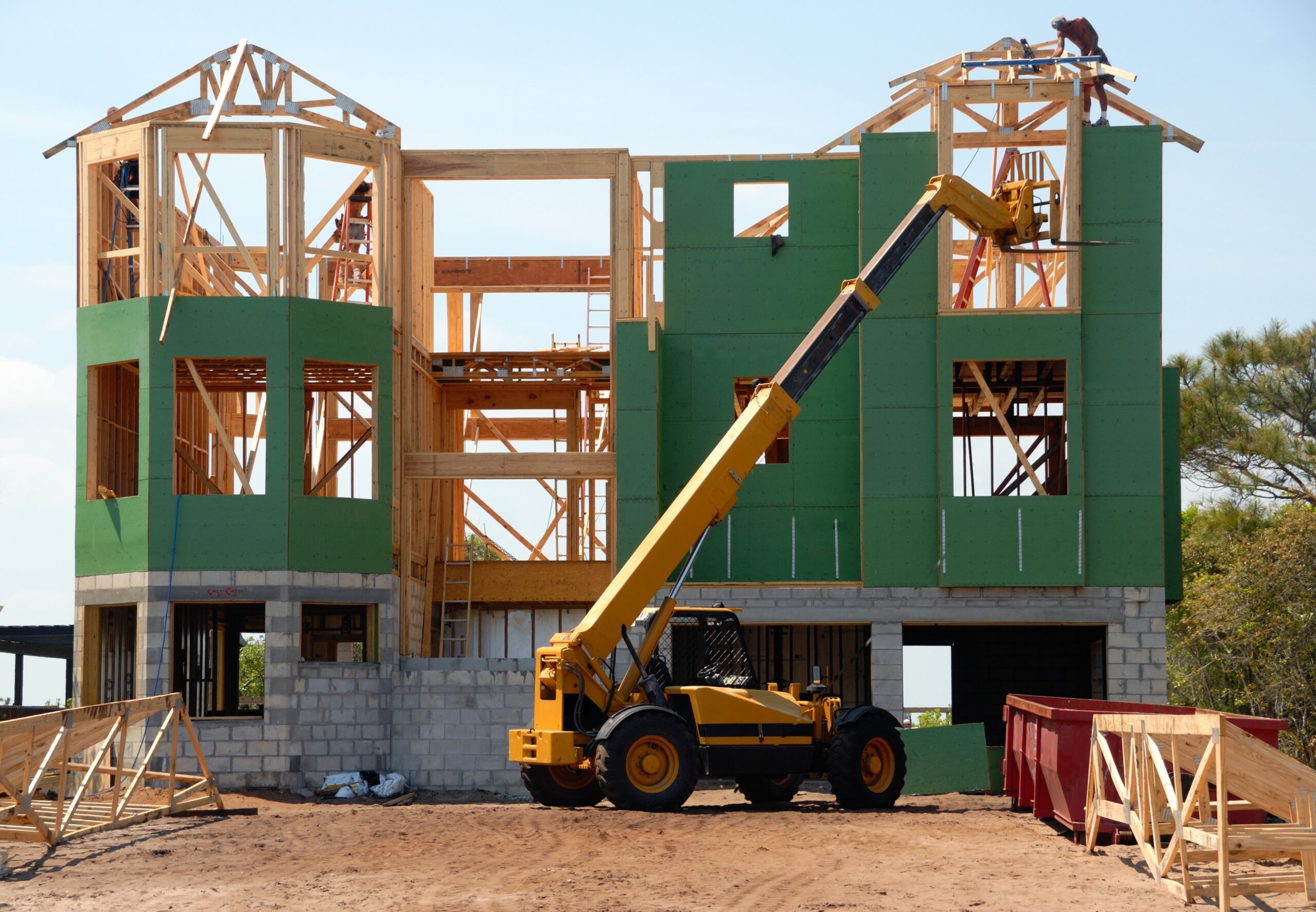The latest data on building construction price indexes for the second quarter of 2024 reveals a nuanced picture of the construction sector, marked by a continued rise in costs. Both residential and non-residential building construction prices have seen noticeable increases, though the pace and underlying factors vary across different regions and building types.
During the second quarter, the residential building construction price index rose by 0.8%, a slight deceleration compared to the 1.0% increase observed in the previous quarter. In contrast, non-residential building construction costs experienced a modest acceleration, rising by 1.1% following a 1.0% increase in the prior quarter.
On a year-over-year basis, construction costs for residential buildings in the 11-census metropolitan area (CMA) composite increased by 4.2%. Non-residential building construction costs saw a slightly higher year-over-year rise of 4.3%. Among the CMAs, Calgary led the growth in residential construction costs with a 7.3% increase, while Saskatoon saw the highest rise in non-residential construction costs at 7.0%.
Several factors were cited as significant influences on these cost increases. Skilled labour shortages have driven up labour rates, while rising interest rates and updates to building codes have also contributed to the higher costs.
The second quarter saw residential construction costs rise in all 11 CMAs. Calgary and Saskatoon recorded the largest quarterly increases at 1.8% and 1.7%, respectively. Toronto experienced the smallest increase at 0.2%.
In the 11-CMA composite, the costs to build various types of residential buildings saw uniform increases: single-detached homes, townhouses, and low-rise apartment buildings each recorded a 0.9% rise. High-rise apartment buildings saw a smaller increase of 0.6%.
Among the residential building divisions, masonry and utilities experienced the highest cost increases at 2.4% and 2.2%, respectively. On the lower end, structural steel, conveying equipment, and earthwork each saw a minimal increase of 0.1%. Notably, concrete costs decreased by 0.1%.
Non-residential construction costs also rose across all measured CMAs in the second quarter. Saskatoon and Winnipeg led the increases with quarterly rises of 2.1% and 1.3%, respectively.
Within the non-residential sector, the costs of constructing factories and warehouses saw the largest increases, both rising by 1.2%. Transportation buildings and offices followed closely with 1.1% increases, while schools experienced a more modest 0.8% rise.
All divisions of non-residential building construction reported cost increases in the second quarter. Conveying equipment and general requirements led with 1.6% and 1.5% increases, respectively. Communications, structural steel, and masonry divisions saw the smallest increases, at 0.2%, 0.6%, and 0.7%, respectively.
The construction sector continues to grapple with several persistent challenges that impact costs. A shortage of skilled labour remains a significant issue, contributing to increased labour costs. Additionally, higher interest rates have exerted pressure on financing costs for construction projects. Updates and changes to building codes have also necessitated adjustments in construction practices, further influencing overall costs.
These factors collectively underscore the complex dynamics at play in the construction sector, reflecting both regional variations and broader economic pressures. As the sector moves forward, these elements will likely continue to shape the landscape of building construction costs in Canada.

